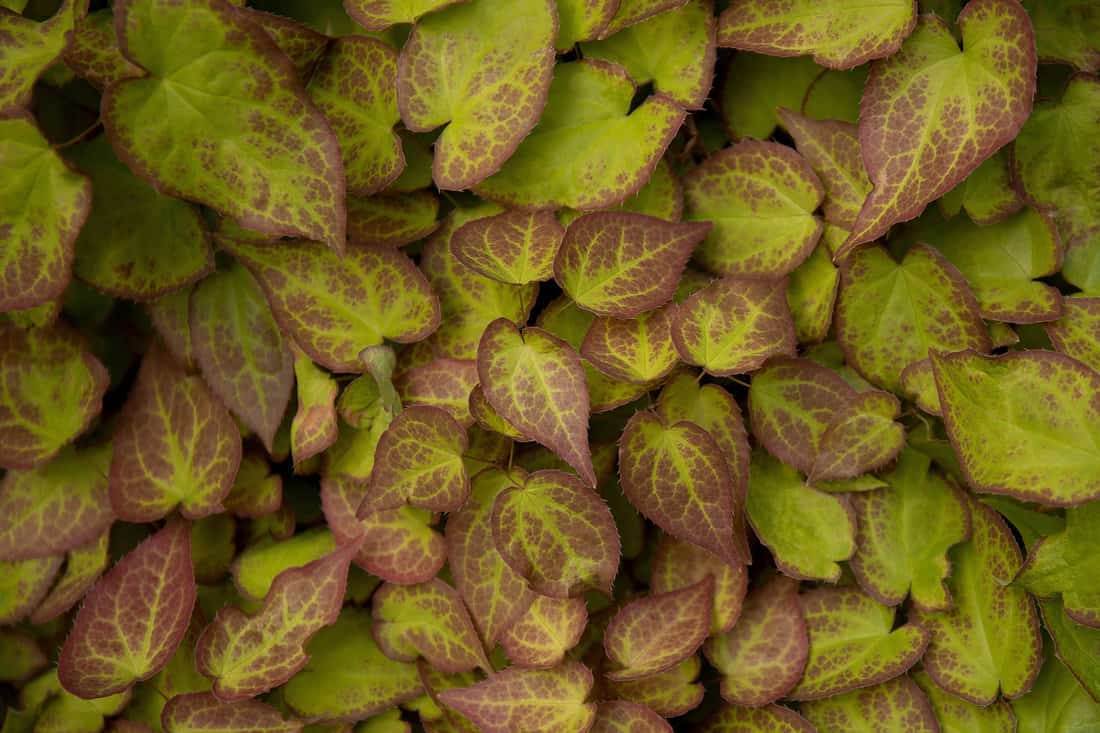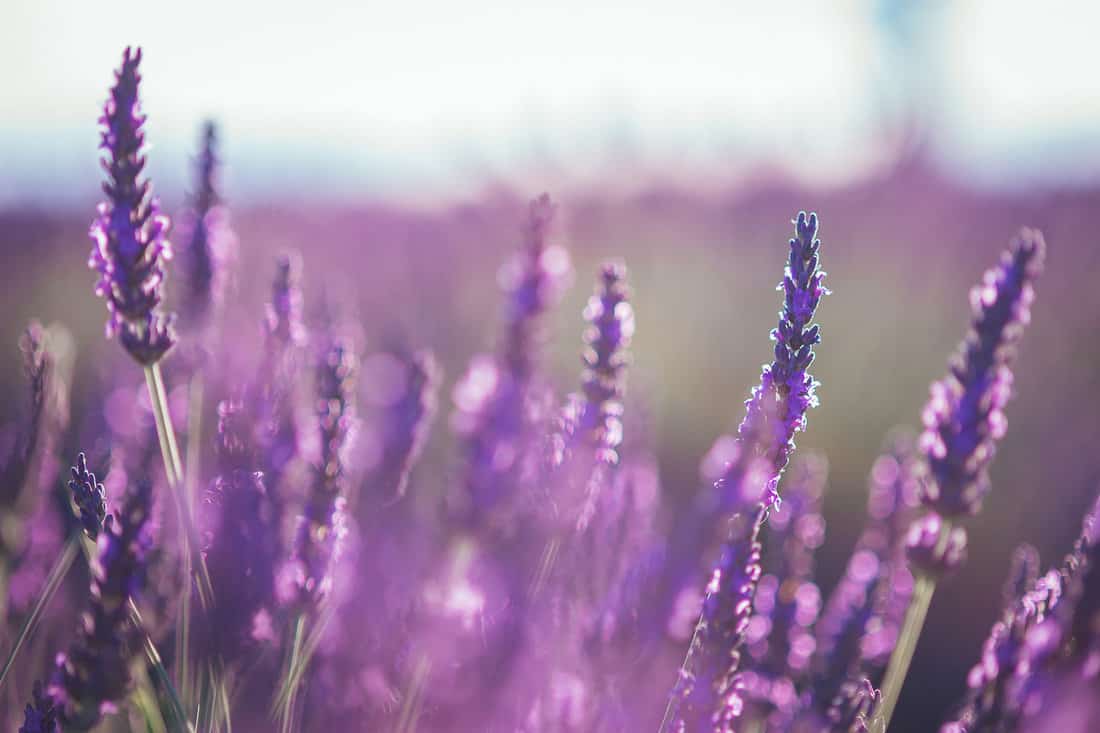Gardening is one of the shared common interests in the neighborhood. It is one of the things that keep our mental state in bliss.
Gardening is supposed to be fun until you know that there are plants that could give a spotlight to your garden. We researched 15 plants you will undoubtedly adore and may want to add to your garden!
These 15 plants bloom in shady places and could add color to your environment. It even thrives in shallow soil and could survive rainfall and full sun!
Below is the list of plants for shallow soil that could survive direct heat from the sun:
- Epimedium
- Lettuce
- Periwinkle
- Brunnera
- Hydrangea
- Pachysandra
- Lavender
- Perennial Sunflower
- Wild Bergamot
- Hebe
- Rhododendrons
- Hostas
- English Ivy
- Yarrow
- Butterfly Milkweed
Planting requires patience and being passionate because it is not an easy task. If you want to learn more about these plants listed above, keep reading as we give you some healthy and passionate ways to grow and maintain these plants!

Plants That Can Live In Shallow Soil And Full Sun
Always plan before you conclude with the plant you are putting in your garden.
Knowing your plants' nutrient requirements will help you keep them healthy, and using fertilizer will also keep them alive.
1. Epimedium
We sometimes add affiliate links and content that was curated and created by our team with the help of advanced ai tools to help showcase the best design styles.

Epimedium, also known as "Barrenwort," is Racemes of four-petal blooms with four petals produced by the Epimedium species.
While the flowers on this plant are white, they can also be red, purple, yellow, beige, lavender, or pink. Its leaves are almost heart-shaped and initially feature bronzy pinkish shades before turning vivid green.
Barrenwort plants thrive in regular soil that drains effectively.
Barrenwort grows best on acidic, loamy soil enriched with a lot of organic matter and partially shaded. It can withstand drought after it has grown. Dry shade can also be tolerated, while moist soil is ideal for growth.
2. Lettuce

Lettuce is an interesting vegetable plant that can grow in shallow soil and shade and thrives quickly in full sun. Good soil is the only requirement for cultivating great lettuce.
Be careful to replenish the soil with compost and manure, and add a lot of organic materials to aid drainage.
Click here to view these lettuce seeds on Amazon.
3. Periwinkle

Periwinkle thrives in full sun but grows in shade and shallow soil. Additionally, periwinkles come in a range of sizes, from petite to enormous, so you can grow just one or many!
This perennial plant produces new growth each year, making it a fantastic option for anyone seeking something low-maintenance.
Monarch and orange sulfur butterflies are attracted to this plant. Once grown, it is exceptionally drought-tolerant and doesn't require much water.
Check out these periwinkle seeds on Amazon.
4. Brunnera

Brunnera also called forget me not plant, is small. Light blue blossoms are present on the plant, and glossy, heart-shaped leaves in green, gray, silver, or white are also visible.
If you have a location in your garden that you know doesn't get a lot of direct sunlight or moisture, the brunnera plant is a nice piece of leaf to cultivate.
They may grow in a variety of soil conditions but prefer fertile loam. They enjoy a drier environment in the winter, so a raised garden or compost section works great.
See these flower seeds on Amazon here.
5. Hydrangea

This gorgeous flowering plant looks incredibly wonderful when grouped with other hydrangeas. In rich, moist soil, hydrangeas grow well.
Like most other plants, hydrangeas benefit from at least four hours of direct sunlight per day to bloom at their best.
It's easy to grow some cultivars because they require even more light and less shadow.
6. Pachysandra

The color spectrum of Pachysandra includes red, yellow, blue, and pink. Hydrangeas tolerate a little bit of sun in general. This plant should receive sun exposure in the morning and some afternoon shade.
The majority of hydrangeas are like fertile, moisture-rich soils that drain well.
Compost can help improve bad soil. Too much sunlight or excessively moist soil will cause plants' leaves to be yellow, and they may even perish.
7. Lavender

Lavenders can withstand high and cold temperatures and flourish in direct sunlight. They can also thrive in dry and shallow soil. Additionally, they enjoy lots of water, especially after blossoming.
For generations, people have utilized this perennial plant as a medical herb. It is ideal for use as a room scent because the essential oil derived from lavender provides a relaxing impact when sniffed.
Check out these lavender seeds on Amazon.
8. Perennial Sunflower

The two types of sunflowers are annuals, which require yearly replanting, and perennials, which will return yearly as the same plant.
Due to the prevalence of annual sunflowers, perennial sunflowers are rarely considered. But even in hard clay soils, these magnificent, tiny beauties will dazzle almost as much as annuals.
The stems that emerge from the soil form a compact clump as perennial sunflowers grow in groups.
See these sunflower seeds on Amazon.
9. Wild Bergamot

Another simple-to-grow perennial that prefers dry circumstances is Wild Bergamot, aka Wild Bee Balm. This is a native American plant, commonly categorized as a herb.
This plant can grow into dry to medium soil and survive in full sun!
10. Hebe

One known variant of Hebe is called Frost King; it produces many tiny flowers. Hebes require soil that drains well and full exposure to the sun.
They can grow in gardens, pots, and improvised low fences. Additionally, they do well in coastal regions.
11. Rhododendrons

Rhododendrons thrive in shaded areas and along forest borders. You should plant them in a protected area with acidic, nutrient soil that receives some shade or under full sun.
See this purple Rhododendron on Amazon.
12. Hostas

Like the plants mentioned above, Hostas can thrive anywhere except with full sun and deep shade.
They are a fantastic option for new planters or gardeners because they will flourish in most environments. Most likely, this kind of plant prefers to live in well-drained and slightly acidic soil.
13. English Ivy

Also known as Hedera Helix, it is an evergreen perennial type of plant that thrives well when planted next to a tree, although it prefers broad sunlight and soil that drains well.
English ivy can tolerate heat reasonably well because it enjoys warmer temperatures far more than many other plants.
Check out this ivy plant on Amazon.
14. Yarrow

Yarrow is a challenging and adaptable perennial with spectacular flower heads of several small, closely packed flowers that rise above leafy plant groups.
The flowers can be any color between yellow and pink, red and pink, and other hues.
A Yarrow should be planted in full sun to produce more flowers and thrives healthier. It should also be planted in well-drained soil and placed in warm and dry environments.
View these mixed yarrow seeds on Amazon.
15. Butterfly Milkweed

Butterfly Milkweed or Asclepias Tuberosa is a strong perennial with rough hair and deep roots that can thrive in the full sun. This plant doesn't require any soil, as long as it is well-drained.
This plant produces a flower cluster of vibrant orange, yellow, or red blooms during summer.
See these flower seeds on Amazon here.
How Important Is Soil For Plants?
Soil is vital for the plant's life because it anchors the roots and stores nutrients for the plant. It also creates a habitat for plants to flourish in, including food crops and wood for construction.
It assists in preventing natural calamities like flooding by filtering and cleaning the water.
What Is The Best Type Of Soil For Gardening?
Most plant owners or local gardeners recommend using loam for planting or gardening.
It is the type of soil that is most conducive to plant growth. However, most gardeners and plant owners refer to it as black dirt, usually composed of sand, clay, and silt.
This soil is ideal for most plants because it stores nutrients effectively, absorbs water, dries adequately, and allows oxygen to enter.
How Do You Maintain Soil?
When maintaining soil, you should add organic material to help the ground develop and remain healthy.
Compost and manure offer organic matter and a variety of nutrients; these nutrient sources can aid in preserving the health of the soil.
In Closing
This variety of plants requires different styles of maintenance.
Gardeners and plant owners recommend that you only choose a plant that is suitable for your environment depending on its need, type of care, and purpose.
Selecting a plant for your garden can be simple, but it takes commitment and perseverance to develop and maintain it.
Some plants take a long period to grow, and some may take a little while. You must invest your time and effort to nourish them. We are hoping for all the best on your plant journey!
Before you go, take time to read these helpful related articles:









